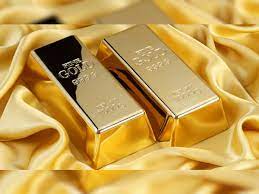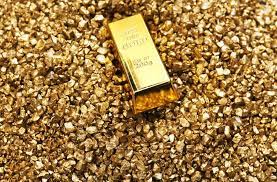Rose Gold Price: Unveiling the Mysteries Behind the Precious Metal

Rose gold, a beloved choice in the realm of jewelry, exudes elegance and charm with its subtle pink hue. But beyond its aesthetic allure lies a dynamic market influenced by various factors. In this article, we delve into the intricacies of rose gold price, exploring its composition, market trends, investment potential, and more.
I. Introduction to Rose Gold
Rose gold, also known as pink gold or red gold, is a popular alloy composed of gold, copper, and often a hint of silver. Its warm tone and romantic appeal make it a sought-after choice for engagement rings, watches, and other jewelry pieces.
II. Understanding the Composition of Rose Gold
A. What Makes Rose Gold Unique?
Rose gold’s distinctive color stems from the blend of pure gold with copper. The higher the copper content, the redder the hue, while additional silver contributes to its durability and shine.
B. The Role of Alloys in Rose Gold
Alloys play a crucial role in enhancing rose gold’s properties. Copper provides strength and durability, while silver lends a brighter finish and prevents tarnishing.
III. Factors Influencing Rose Gold Price
A. Gold Market Trends
Rose gold prices are intricately linked to overall gold market trends. Fluctuations in gold prices, influenced by geopolitical events, economic indicators, and investor sentiment, directly impact rose gold’s value.
B. Economic Factors
Economic stability, inflation rates, and currency strength influence consumer purchasing power and, consequently, the demand for luxury items like rose gold jewelry.
C. Supply and Demand Dynamics
The availability of raw materials, mining production, and consumer demand for rose gold jewelry collectively shape its market dynamics and pricing.
IV. Historical Price Trends of Rose Gold
Examining historical price data provides insights into rose gold’s price volatility and long-term investment potential, aiding investors in making informed decisions.
V. Current Market Analysis
A. Recent Fluctuations
Recent market fluctuations highlight the sensitivity of rose gold prices to global economic shifts and geopolitical tensions.
B. Market Predictions
Experts forecast a steady rise in rose gold prices, driven by increasing demand from emerging markets and ongoing innovation in jewelry design.
VI. Investment Opportunities in Rose Gold
A. Benefits of Investing in Rose Gold
Rose gold serves as a tangible asset offering diversification in investment portfolios, with potential for capital appreciation over time.
B. Risks and Considerations
Investors must consider market volatility, liquidity concerns, and storage costs when evaluating rose gold as an investment option.
VII. Tips for Purchasing Rose Gold
A. Research and Comparison
Before making a purchase, conduct thorough research on reputable jewelers and compare prices to ensure fair value.
B. Quality and Purity
Verify the purity of rose gold jewelry through hallmarking and certifications to guarantee authenticity and quality.
C. Pricing Transparency
Choose retailers with transparent pricing policies and inquire about additional costs, such as taxes and shipping fees, to avoid surprises.
VIII. Conclusion
In conclusion, the price of rose gold reflects a delicate interplay of market forces, economic trends, and consumer preferences. By understanding these dynamics and following prudent investment practices, individuals can navigate the rose gold market with confidence.
IX. FAQs About Rose Gold Price
- Is rose gold more expensive than yellow gold?
- What factors influence the fluctuation of rose gold prices?
- How can I determine the purity of rose gold jewelry?
- Are there any investment risks associated with rose gold?
- Can I expect rose gold prices to appreciate over time?
PLEASE CONTACT US TO START YOUR GOLD INVESTMENT JOURNEY! CLICK HERE!!

